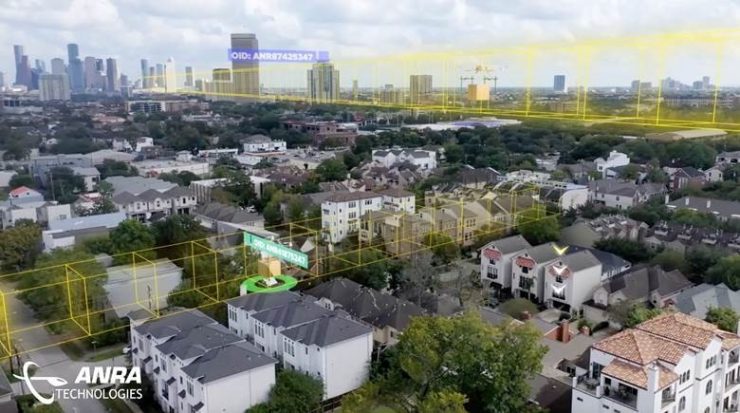The UK Ministry for Transport has announced the next phase of the Connected Places Catapult (CPC) project to develop a Unmanned Traffic Management (UTM) system framework for drones. Commissioned by the UK Department for Transport (DfT), CPC’s mission is to develop an Open Access UTM system, a coordinated low-level digital and automated air traffic system for the synchronization and consolidation of the numerous UTM services.
Five organisations have been selected to take part in the project. They include AiRXOS; Altitude Angel; ANRA Technologies; Collins Aerospace; and Wing.
Funded by the Department for Transport, the nine-month CPC-led project aims to develop, build and test several key features of the Open-Access UTM framework and will include the development of communications interfaces and protocols necessary for a range of services to be created, followed by testing and simulations leading to field-trials.
The deployment of a safe and reliable UTM platform will permit the UK government and businesses to realise the full potential of drones, allowing for routine ‘Beyond Visual Line of Sight’ (BVLOS) flights.
CPC Open Access UTM project will develop an independent, self-directed, and scalable system that will manage and monitor the drones and their flights. This will factor in inputs from external sources such as obstacle, terrain, weather, airspace, command and control (C2) links, performance data, and make this data available to operators and service providers. The system will be capable of sending notifications to external stakeholders like public safety and local agencies to enable airspace coordination and meet critical safety requirements in a multi-UTMSP operating environment.
The goal is to build an interoperable system with technology-agnostic protocols that do not require constant human monitoring and surveillance and can still ensure the safety, security, and control of drones in the low-altitude airspace.
Altitude Angel will demonstrate its GuardianUTM platform to provide awareness for drones, and drone users, of permanent and dynamic airspace restrictions, awareness of other airspace users, conflict detection and resolution between drones and other aircraft, as well as managing requests for permission to enter or transit through controlled airspace.
ANRA Technologies is providing its SmartSkies CTR airspace management platform conduct simulated and live flight trials in a multi-UTMSP operating environment in 2020-22. The company participated in earlier project phases, helping to develop the requirements and validation methods for a UTM framework. ANRA also participated as a UTM service provider (UTMSP) in collaboration with government, regulatory, and other stakeholders. ANRA supported the design and development of the UK UTM framework and architecture, focusing on building the following three aspects of UTM:
- Review of architecture and key services;
- operational framework for processes and planning; and
- conflict management framework.
ANRA’s SmartSkies CTR UTM platform will demonstrate multi-UTMSP interoperability and data exchange, as well as test the UTM framework with use-cases in nominal and off-nominal conditions, including Visual Line of Sight (VLOS) and Beyond Visual Line of Sight (BVLOS) operations. The project will conclude with complete knowledge transfer to the UK DfT, Civil Aviation Authority (CAA), and industry.
Wing is developing a framework to allow airspace authorities to digitally and automatically share data with drone operators through verified third party applications, known as UTM Service Providers (UTMSPs). UTMSPs will also be able to share data, as needed, with each other. Drone operators select the traffic management tools that best meet their specific needs for planning and conducting safe flights, and every UTMSP shares data as needed to allow drone operators to safely share the airspace. This framework will support the rapid growth of applications like emergency response, drone delivery and advanced air mobility.
Dr. Ajay Modha, Principal Technologist at the Connected Places Catapult, said: “This is an exciting opportunity to demonstrate a UK-specific UTM ecosystem and represents a key step in lowering the technology and operational barriers for UAS operations. A key objective is to demonstrate how this capability can support near term and future markets needs and ambitions. As the Phase 2 of the Future Flight Challenge kicks-off, a key aim of this project is to provide greater insight and actionable data to the UAS community who may be tackling UTM for the first time.”
For more information visit:




